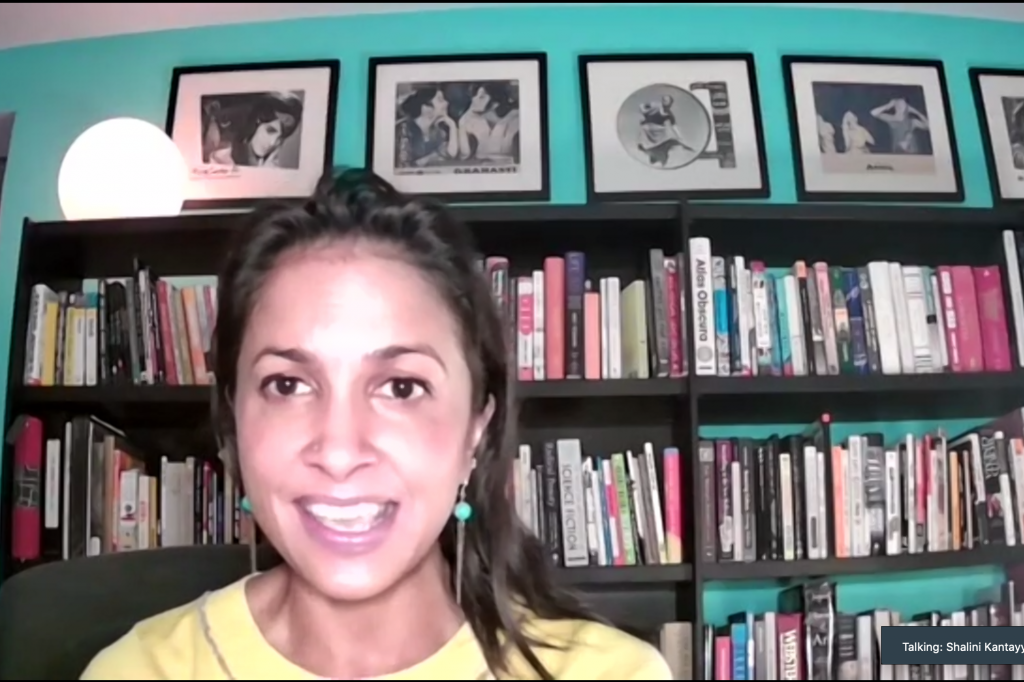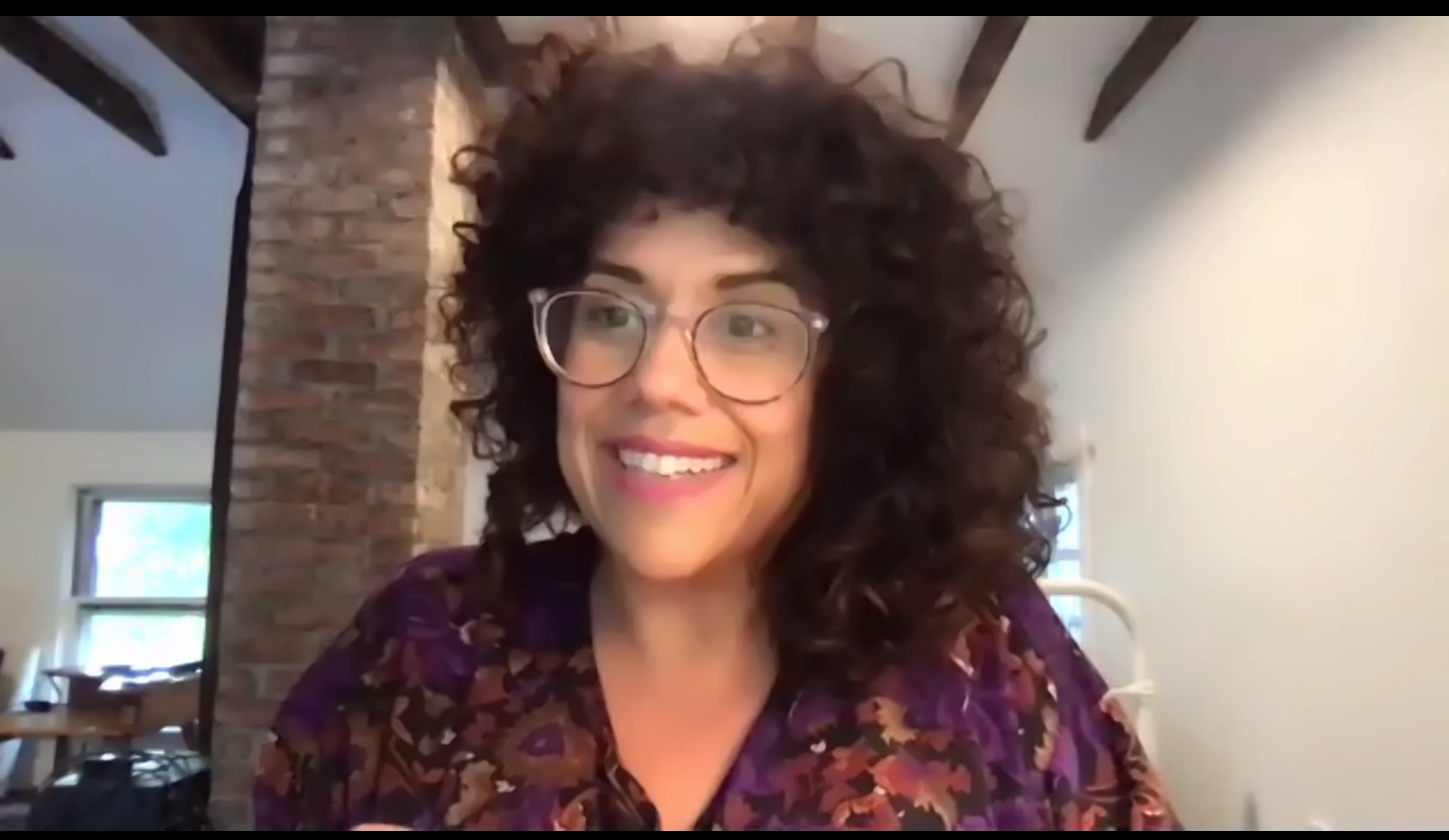Review: Human Rights Film Festival explores “Futures”
Review: Human Rights Film Fest examines "futures"

The 18th annual Syracuse University Human Rights Film Festival was presented this weekend, with three films selected by Professors Tula Goenka and Roger Hallas. This year’s theme was “Futures,” a fitting title for the all-digital production.
The films were open to all SU students through Blackboard, offering a global program of documentaries that tackled issues surrounding technology, politics, race, gender and sexuality. Along with the screenings, Goenka and Hallas facilitated Zoom Q&A’s with the filmmakers, featuring an all-female line-up of directors and films from the United States, Puerto Rico and India.
Coded Bias
Shalini Kantayya’s cautionary documentary makes a startling claim about the state of artificial intelligence in America: if we continue down our current path, we could enter a world where corporate predatory practices and state surveillance govern our lives.
Coded Bias introduces audiences to the world of the “technological wild west,” as one commenter calls it, and follows those demanding the introduction of ethical practices into programming and development. Much of how A.I. technology actually works is unknown, the film explains, even by the inventors themselves.
Leading the charge in the fight for regulation is the Algorithmic Justice League, founded by Joy Buolowami, a computer scientist at MIT. She explains how the facial recognition software used to build a class project failed to recognize her face until she donned a flat white mask. Buolowami, who is Black, found through research that the available programs were built from datasets that were largely male and light-skinned, excluding large swaths of populations of color from detection. Algorithms are made by humans, she emphasizes in the film, and reflect the inherent biases of their creators.
Coded Bias covers a lot of ground, charting the history of A.I. from its beginning in Dartmouth — by a group of (surprise, surprise) mostly white men — to its introduction in camera systems that can take “biometric” pictures, essentially the photographic equivalent of DNA or fingerprints.
Aided by Steve Acevedo’s dramatic cinematography, Coded Bias is a handsomely made feature that is equal parts informative and grimly entertaining. A sequence in China, where facial recognition software is widely used in everything from train boarding to purchasing soda pop from vending machines, plays like an episode of Black Mirror. The government has adopted a “social credit” system that assigns citizens a score based on their public behavior. A Chinese national interviewed for the film explains that she welcomes the scores and uses them to weed out good friends from the bad.
“The past dwells within our algorithms,” says Cathy O’Neil, a mathematician, author and supporter of Boulwami’s Algorithmic Justice League. “Coded Bias” opens the door to a lot of unanswered questions about our future, but as evidenced by the congressional hearing featured at the end of the film, there are those who are trying to wright the digital ship. Let’s hope they’re not too late.
Landfall

Cecilia Aldarondo’s documentary offers a portrait of two tumultuous years in Puerto Rico’s recent history — after Hurricane Maria devastated the commonwealth in 2017 to the July 2019 riots that led to Governor Ricardo Rosselló’s resignation from office.
Captured with a cinéma vérité style in cities and rural regions throughout the country, Landfall is a somber, sobering look at an island ravaged by colonialism, natural disaster and corruption. It also serves as a meditation on the resilience of the people of Puerto Rico, even under the direst of circumstances.
The film depicts a cruel irony at play in the history of Puerto Rico. While colonizers found their ideal island retreat, the local population suffered both politically and financially at the hands of a new government. Already devastated by Spanish colonization, the people of Puerto Rico’s interests were once again sidestepped, this time in service of the United States’ resource and military advancement.
On Vieques, a small island off the mainland coast, Aldarondo documents a family directly impacted by toxic waste dumped by American naval activity in the nearby waters. In Bartolo, she captures a group of displaced hurricane refugees who have resorted to turning an abandoned grade school into a living commune. And in Orocovis, a remote town on the edge of the jungle, we meet Maria and her father. Their small farm was devastated by the storm, but they have no delusions about help from the government. As the film develops, it becomes increasingly clear—these people are on their own.
And while there are untold obstacles in their way like a sequence involving American Bitcoin entrepreneurs, there is a sense of momentum that runs through the picture. In San Juan, the footage of riots show a people united in determination to establish a new Puerto Rico, free from the chains of the past. As one participant observes, “This was the hurricane we had trapped in our chests.” The film is a beautifully eye-opening watch.
Yeh Freedom Life
Priya Sen’s intimate documentary depicts Delhi as a city bound tightly by tradition. The women in Indian society are expected to marry young, have children and take care of their husbands and households. It’s all dictated by their parent’s wishes—any detour is discouraged by cautionary tales and the fear of public shame.
This is why the young people depicted in Yeh Freedom Life seem all the more courageous. In the face of social scrutiny and at risk of being abandoned by their family, Parveen and Sachi choose to live openly queer. Sen’s camera captures their daily lives in close-quartered, unfiltered detail.
Sachi runs a local beauty parlor and is a normal young woman. She has an exuberant presence, gladly relaying her life’s hopes and dreams to the camera; but her monologues contain an undercurrent of despair. She is in love with another woman, Sai, and her family does not consent to the relationship. The town talks about her in the streets. “Lesbian” they call her, but Sachi displays unequivocal independence. “Society is like a person with negative thoughts,” she says. She will live the way she chooses her “freedom life.”
The film runs just over an hour, and though it is packed with observational moments, it gives little context. The personalities of her participants are warmly inviting and paint a portrait of resilience in an oppressive culture, but it becomes hard to navigate the complexities of the situation with the lack of editorial help.
Sen manages to capture serendipitous atmospheric touches that lend the film a lived-in quality. The omnipresence of romance in Indian television, for example, acts as a ghostly counterpoint to Sachi and Parveen’s lives. The cheery, traditional love displayed in those shows looks down on the women from TV sets mounted in the corners of rooms. Even as they speak of their determination and independence, the dominant cultural norms threaten to drown them out with the hollow promise of “happily ever after.”





